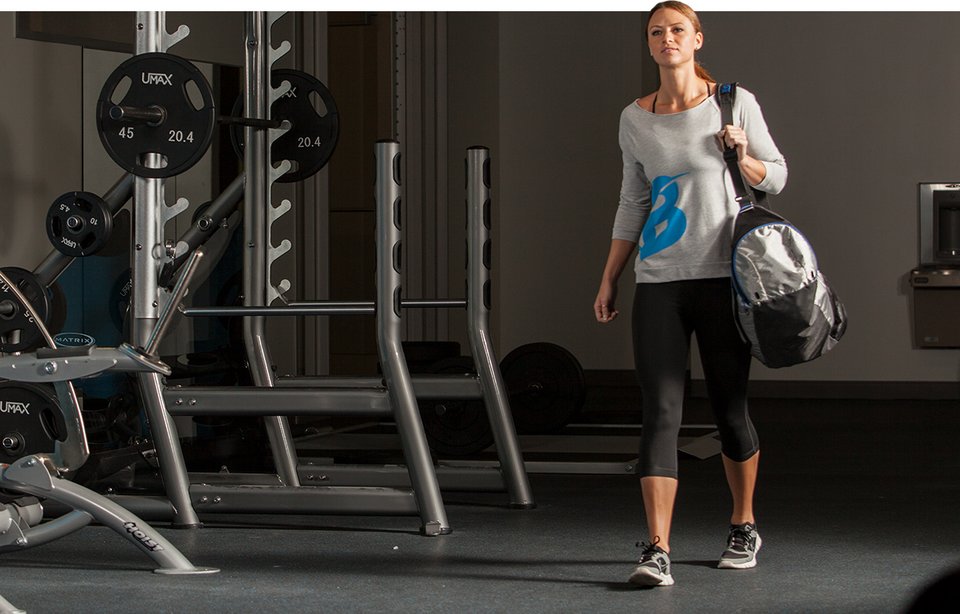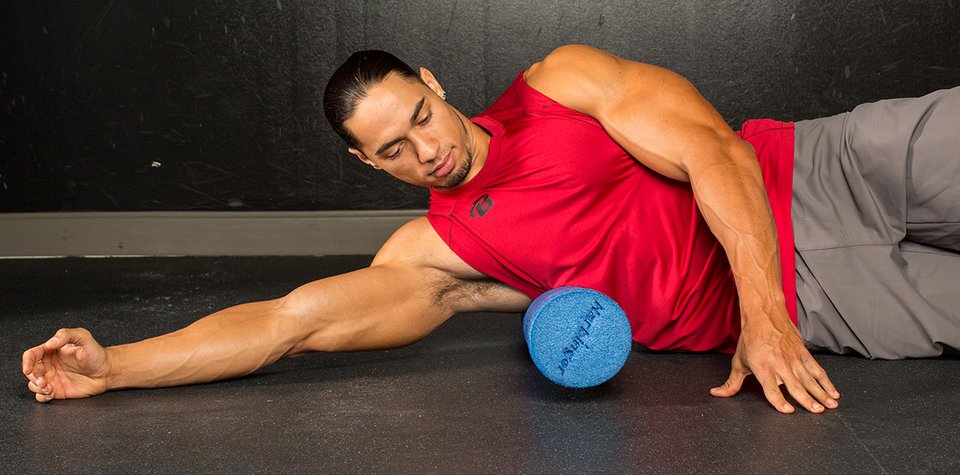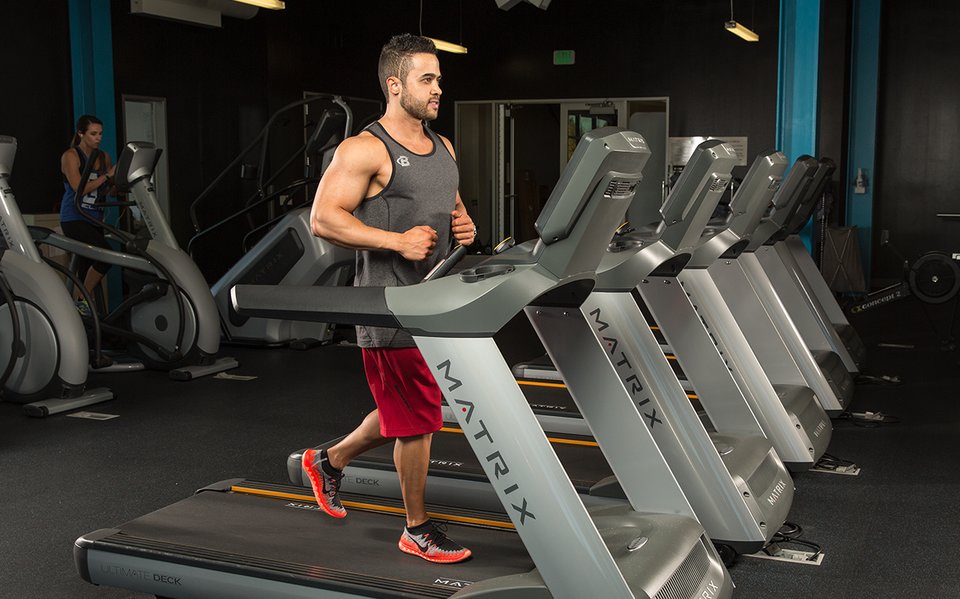Spending 10 minutes warming up on the treadmill before heading to the bench press is the kind of warm-up you've probably been doing for the last 20 years.
Newsflash: A lot has changed in the last two decades, including research on warming up.
If you want to make the most out of your next workout, commit to these new rules of warming up before your real workouts begin.
Make The Time
Diving straight into clangin' and bangin' without taking the time to prep your muscles is a recipe for disaster. You see, your warm-up does a couple of things: First, it physically warms you up by increasing your heart rate and respiration. This increases the amount of oxygenated blood reaching your working muscles. The harder your muscles work, the warmer you become.

Second, warming up prepares you mentally. It produces a body-brain interaction that greases your neuromuscular wheels for the movements to come. The combined effect of this physical and mental warm-up appears to result in improved performance, reduced likelihood of injury, and a reduction in post-workout soreness.[1-4]
In other words, a warm-up does your body good, and the time you take to get warmed up pays major dividends during and following your routine. Warming up is not a sign of being new to the game, on the contrary, it is the mark of a seasoned lifter. And it can take no more than 10-15 minutes if you know how to do it right.
Gradually Boost Blood Flow To Heat Up Muscle Tissue
"A typical warm-up should include some sort of cardiovascular exercise to get your heart rate up," says Lauren Alix, CSCS, a physical therapist at the Hospital for Special Surgery in New York City.
While she lists popular options like cycling on a stationary bike or jogging on a treadmill, she says that there's no reason to limit yourself. Doing jumping jacks, jumping rope, or even jumping on a trampoline will all do the trick.
Whatever option you choose, start at a low intensity and gradually increase your effort.
"A gradual and steady slope of increasing tissue temperature, elasticity, nervous system readiness, and muscle contractile force is safer and decreases injury risk because you're putting a predictable increase of demand on the muscle," says William Kelley, MD, CPT.
Kelley likens muscles to Play-Doh. "If you warm it up, you can stretch it and manipulate it easily. But if you put it in the fridge for an hour, pull it out, and try to pull it into a stretch, it will snap. Your muscles respond in a similar fashion," he says.
Whatever cardiovascular activity you choose as your warm-up, start at a low level of intensity and gradually increase intensity over the course of about 5 minutes. You'll know you're ready to move on to the next phase of your warm-up once you've broken a sweat and your respiration has increased.
Foam Roll
"Foam rolling helps mobilize the fluid component of the tissue, as well as activate and balance muscle spindle and Golgi tendon organ (GTO) sensitivity," Kelley says.
Both muscle spindles, the sensory receptors in your muscles, and GTOs function as proprioceptors that provide information to your body about changes in the length and tension of the muscles you're working. This feedback process warms up your mind-body connection before you start doing dynamic stretching sequences.

Choose foam-rolling exercises that target the muscles you plan to work for the day, then roll back and forth slowly until you find a tender point.
"Remain on that point for 30 seconds or more until you feel the tissue release, relax, or decrease in tenderness," Kelley says.
Use Dynamic Stretching Sequences
The real break from traditional warm-ups and today's research-backed variety comes down to dynamic versus static stretching. In the past, a quick cardio warm-up would be followed by a series of static stretches held for 10-30 seconds apiece. But static stretching pre-workout has fallen into disfavor, mainly because it doesn't appear to have any real benefit in that setting. More to the point, static stretching may worsen your workout performance.[5]
"The new focus of warming up is on dynamic movements and muscle activation," Kelley says. "This means 'waking up' the muscles to be used during a lifting routine, or 'waking up' the power muscles before an athletic endeavor."
Specifically, this means taking your muscles and joints through a full range of motion in multiple planes in a way that relates to the workout routine you're about to do. For instance, if it's a squat day, Kelley suggests the following dynamic stretches:
On upper-body days, exercises like shoulder circles, torso rotations, or dive-bomber push-ups target, stretch, and activate the muscles you're about to work. This type of dynamic stretching routine should take only a few minutes to complete.

Think Specificity And Muscle Activation
Finally, a solid warm-up should always conclude with exercises that specifically activate the muscles you're about to work—and in an exact way you're about to work them. This is easy to confuse with your dynamic stretching routine, but it's a little different.
"For lifting, always do at least one warm-up set of lower weight and resistance before progressing to higher weight," Alix says. "For ball sports, practice shooting, passing, dribbling, and ball-handling at the end of the warm-up. For runners, a slow jog or series of progressively faster jogs or skips are ideal."
Click Here For More Articles
Don't forget to optin to Our Healthy Living Society, for the latest information on health, wellbeing and groundbreaking news about natural nutrition.



No comments:
Post a Comment